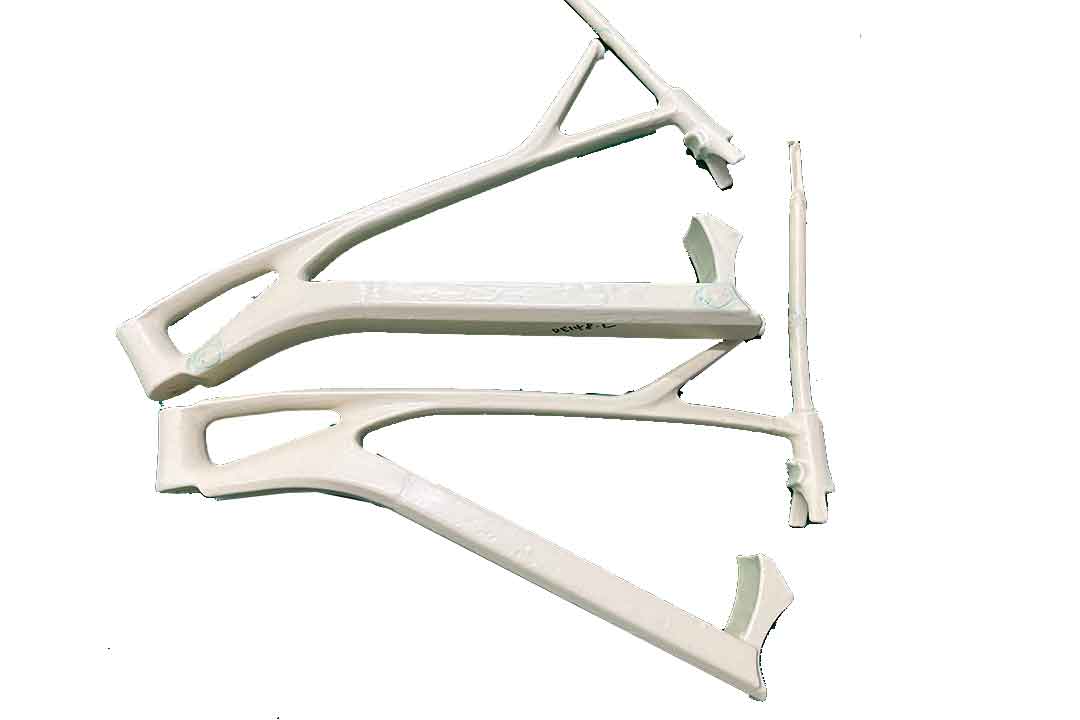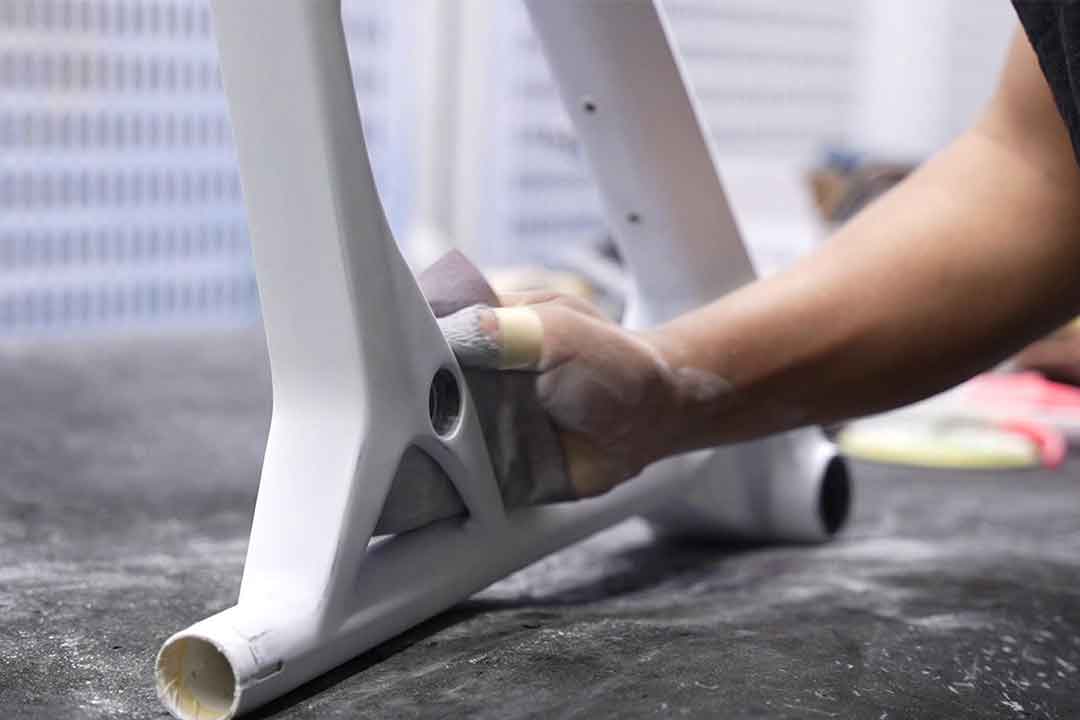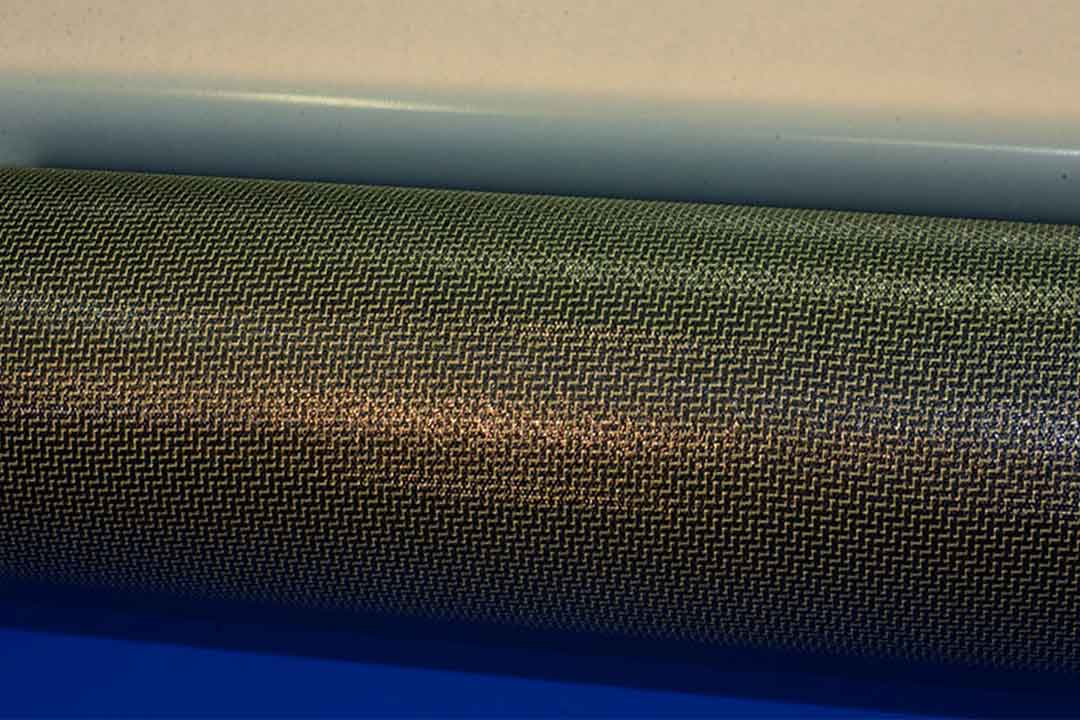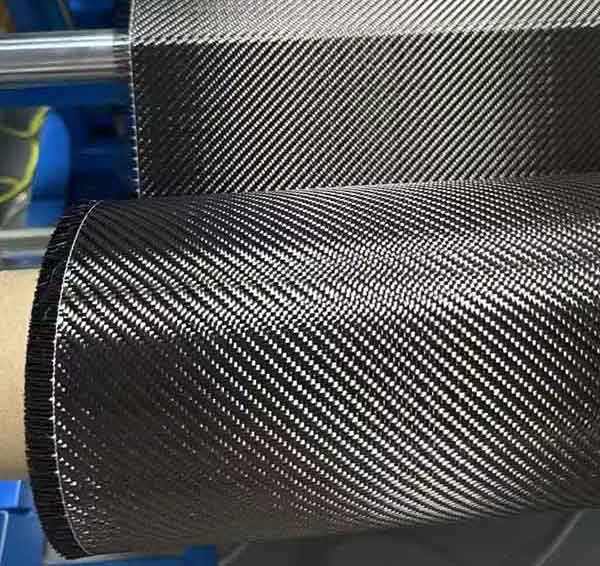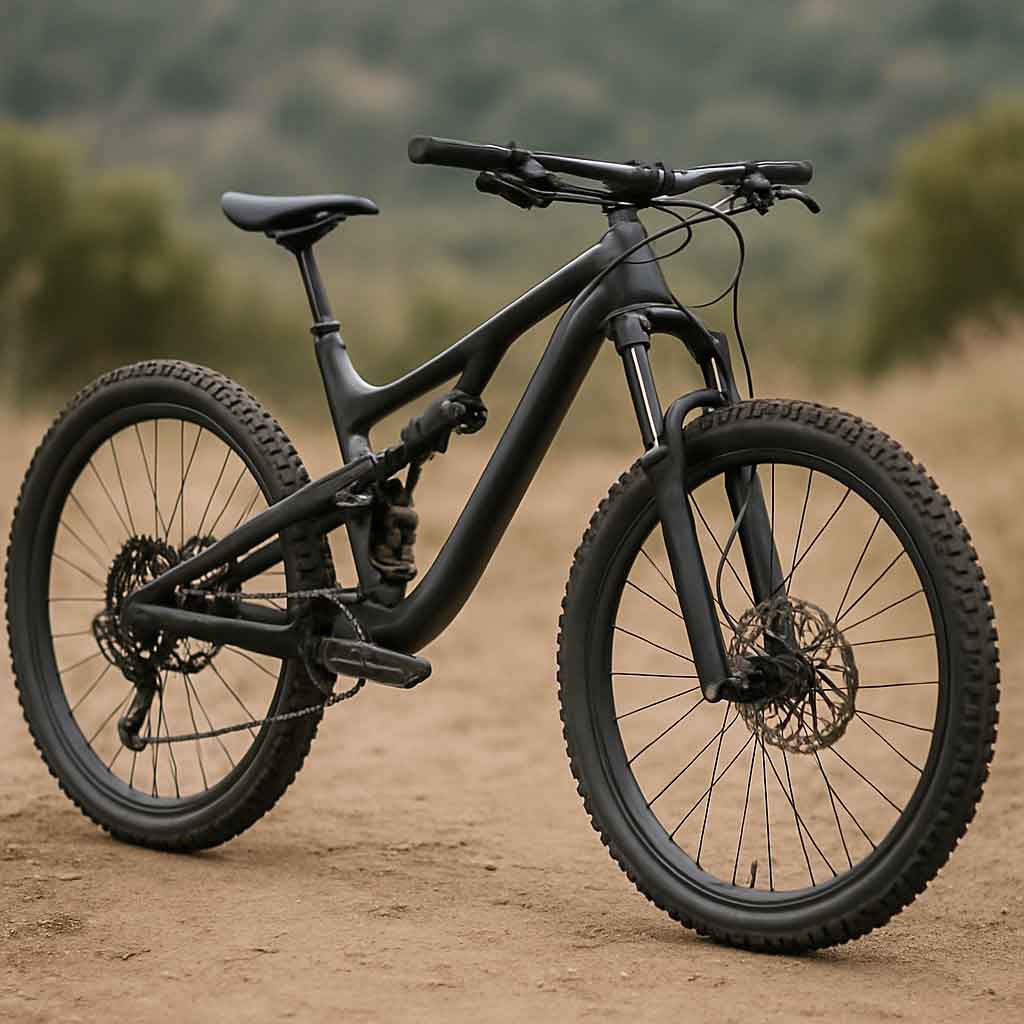Welcome to Mondince Bike - A well-known factory specialized in produce carbon bike frame and other parts since 2007.
Top Materials Used in Cycling Framesets
In the world of cycling, the frameset is the backbone of your bicycle. It determines how your bike feels, how it performs, and even how it looks. When choosing a frameset, the material it's made from is one of the most critical considerations. Different materials offer distinct advantages and characteristics, and understanding these can help you make an informed decision. Let's dive into the top materials used in cycling framesets and what makes each unique.
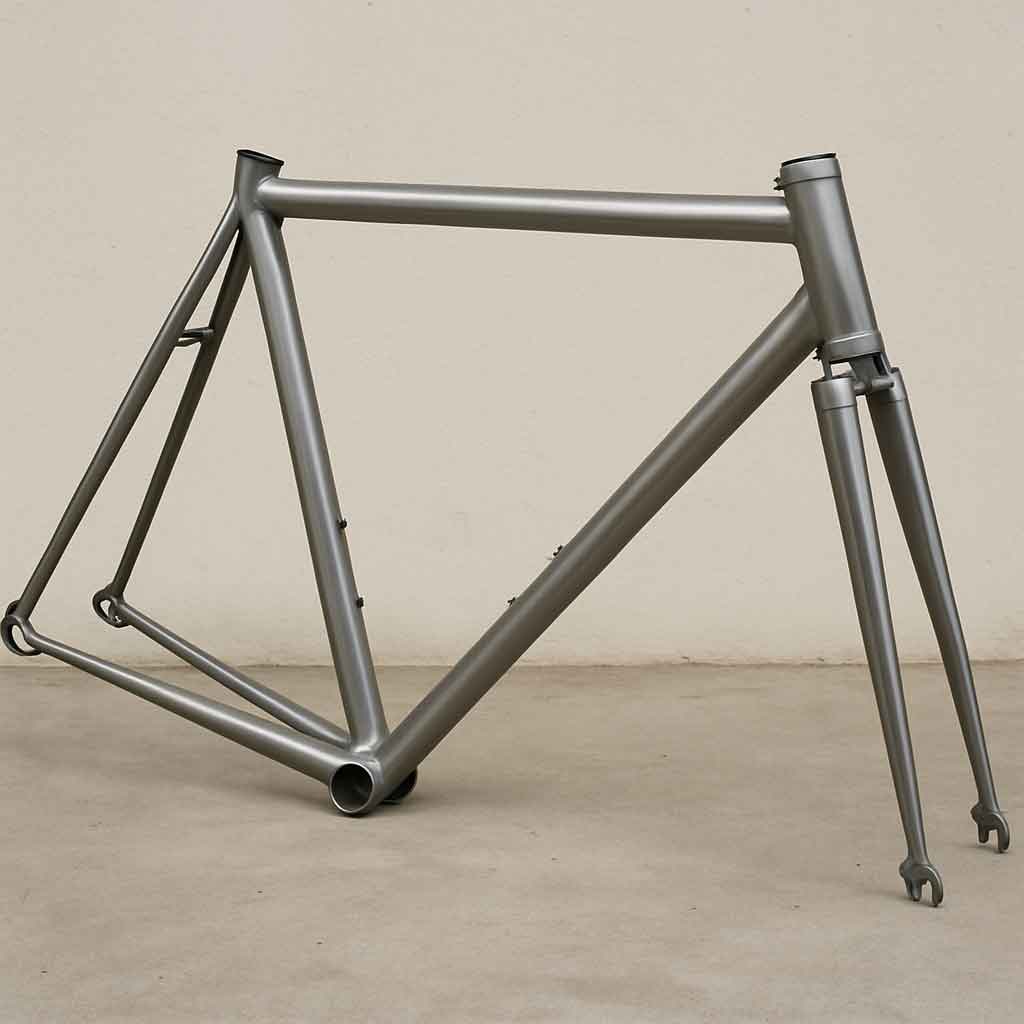
Steel has long been a favorite among cyclists due to its durability and smooth ride quality. While it's heavier than some of its modern counterparts, steel offers a classic feel and a timeless aesthetic that many riders appreciate.
Advantages of Steel Frames
Steel frames are celebrated for their incredible strength and durability. This resilience makes them an excellent choice for long-distance touring or navigating rugged terrains. Cyclists who embark on adventures that test the limits of their equipment often opt for steel due to its ability to withstand significant wear and tear.
When it comes to comfort, steel frames excel. They provide a more forgiving ride by effectively absorbing road vibrations, resulting in less fatigue for the rider. This characteristic is particularly beneficial during long rides where comfort is paramount.
Another significant advantage of steel is its repairability. Unlike some other materials, steel can be easily repaired if damaged, which extends the lifespan of your bike. This makes it a practical choice for those who want a long-term investment.
Considerations for Steel Frames
One of the main drawbacks of steel frames is their weight. Steel is heavier than materials like aluminum or carbon fiber, which might be a disadvantage for competitive riders who prioritize speed and agility. For those focusing on racing, weight can be a significant factor.
Rust is another consideration when it comes to steel frames. If not properly maintained, steel can rust over time, compromising the frame's integrity. Regular care, including proper cleaning and storage, is essential to prevent rust and prolong the life of the frame.
Steel frames, while durable, may not offer the cutting-edge performance features found in newer materials. For riders looking for the latest in aerodynamic and design advancements, steel might not meet all their expectations.
Aluminum: Lightweight and Affordable
Aluminum frames have become a popular choice for many cyclists due to their lightweight nature and affordability. This material is often used in both entry-level and high-performance frames.
Advantages of Aluminum Frames
The lightweight nature of aluminum is one of its most appealing features. For racers and climbers, the reduced weight of aluminum frames can provide a competitive edge. This makes aluminum an excellent choice for those prioritizing speed and efficiency.
Aluminum frames are generally more cost-effective than carbon fiber, offering a good balance between performance and price. This affordability makes them accessible to a wide range of cyclists, from beginners to seasoned riders.
Stiffness is another characteristic of aluminum frames that benefits performance. The stiffness of aluminum provides excellent power transfer, which is particularly advantageous for sprinting and climbing. This feature allows riders to maximize their energy output with minimal loss.
Considerations for Aluminum Frames
While aluminum frames are beneficial for performance, they can result in a harsher ride over rough surfaces. The stiffness that aids in power transfer can also lead to increased vibrations felt by the rider, which may impact comfort on long rides.
In terms of durability, aluminum is more prone to fatigue over time compared to steel. This means that although they are robust, aluminum frames may not have the same lifespan as steel frames, especially under heavy use.
Aluminum frames, while affordable, may not offer the high-end features and customizability of materials like carbon fiber. For those seeking cutting-edge technology or specific design elements, aluminum may not meet all their needs.
Carbon Fiber: The Modern Marvel
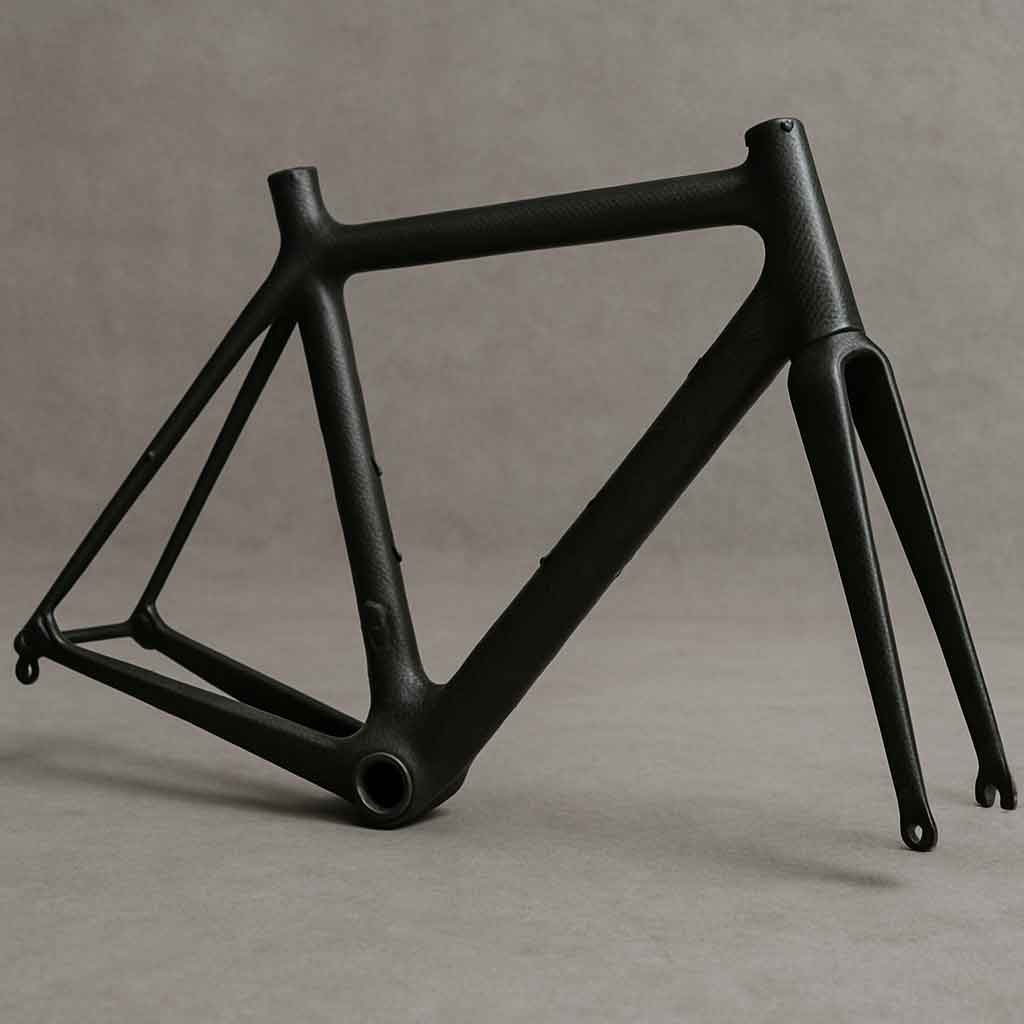
Carbon fiber has revolutionized the cycling industry with its unique properties. It's the material of choice for many professional cyclists and high-end bikes.
Advantages of Carbon Fiber Frames
Carbon fiber frames are renowned for their incredibly light weight, often resulting in some of the lightest frames available. This weight advantage is crucial for competitive cycling, where every gram counts.
One of the standout features of carbon fiber is its customizability. The material can be molded into complex shapes, allowing manufacturers to create aerodynamic designs and tailor stiffness in specific areas for optimal performance. This flexibility in design is unmatched by other materials.
The comfort provided by carbon fiber is another significant advantage. The material can be engineered to absorb vibrations, offering a smooth ride that reduces fatigue for the rider. This makes carbon fiber an excellent choice for long-distance rides where comfort is key.
Considerations for Carbon Fiber Frames
Cost is a primary consideration when it comes to carbon fiber frames. These frames are generally more expensive than those made of steel or aluminum, making them a significant investment for most cyclists.
While carbon fiber is strong, it can be more susceptible to damage from impacts compared to metals. This fragility means that riders must be cautious with their carbon fiber frames to avoid costly repairs or replacements.
Carbon fiber frames require specialized repair processes if damaged, which can be more complex and expensive than repairs for metal frames. Cyclists should consider this when evaluating the long-term maintenance of their bike.
Titanium: The Premium Performer
Titanium frames offer a unique blend of qualities found in both steel and aluminum. They're often seen as a premium option due to their performance and longevity.
Advantages of Titanium Frames
Titanium is celebrated for its durability, offering strength comparable to steel but with significantly less weight. This balance makes titanium an ideal material for those seeking the best of both worlds in terms of performance and durability.
One of titanium's most significant advantages is its resistance to corrosion. Unlike steel, titanium does not rust, making it an excellent choice for all-weather cycling. This characteristic contributes to the longevity of titanium frames.
The ride quality of titanium frames combines the stiffness of aluminum with the comfort of steel. This unique combination provides a smooth ride without sacrificing performance, appealing to a wide range of cyclists.
Considerations for Titanium Frames
The primary drawback of titanium frames is their cost. Titanium is typically more expensive due to the material's cost and the complexity of working with it. This makes titanium frames a premium choice that may not fit all budgets.
Availability can also be a consideration, as titanium frames are less common and may be harder to find. Cyclists interested in titanium may need to search for specialized retailers or custom frame builders.
While titanium offers many advantages, it may not provide the cutting-edge design features available in carbon fiber. For those seeking the latest aerodynamic designs, titanium may not fulfill all their needs.
The Rise of Composite Materials
In addition to the traditional materials, composite options are emerging in the cycling world. These materials combine different elements to enhance specific properties like strength, weight, and flexibility.
Advantages of Composite Frames
Composite frames allow manufacturers to tailor performance by combining materials, optimizing weight, strength, and ride quality for specific cycling needs. This customization provides riders with frames that meet their exact performance criteria.
The use of composite materials enables innovation in frame design and technology. This allows for the development of new shapes and features that can enhance aerodynamics and overall bike performance.
By leveraging the strengths of multiple materials, composite frames can offer a unique balance of characteristics that may not be possible with a single material. This makes them a versatile option for cyclists with diverse needs.
Considerations for Composite Frames
One of the complexities of composite frames is their production process. The combination of materials can make these frames more complicated to produce and repair, potentially leading to higher costs and specialized maintenance requirements.
Composite frames may not have the same traditional aesthetics that some cyclists prefer. For those who value the classic look of steel or the sleek appearance of carbon fiber, composites may not offer the desired visual appeal.
The long-term durability of composite frames can vary depending on the materials used and the construction quality. Cyclists should carefully evaluate the reputation of manufacturers when considering composite options.
Choosing the Right Frame for You
Selecting the right frameset involves considering your cycling goals, budget, and personal preferences. Here are a few tips to guide your decision:
Identifying Your Cycling Needs
Understanding your cycling style is crucial in selecting the right frameset material. Whether you're a commuter, a competitive racer, or a long-distance tourer, your needs will dictate the best material choice. Consider the type of terrain you'll be riding on and how frequently you'll use your bike.
Setting a Realistic Budget
Determining how much you're willing to spend is essential. Remember, the frame is just one part of the bike's total cost, and it's important to factor in other components. Setting a budget will help you narrow down your options and focus on framesets that meet your financial criteria.
Test Riding Different Materials
If possible, test ride bikes made from different materials to get a feel for how each performs. This hands-on experience will provide valuable insights into the comfort, handling, and overall ride quality of each material. It's an effective way to determine your personal preference.
Considering Longevity and Maintenance
Think about how long you plan to keep the bike and the conditions you'll be riding in. Consider the maintenance requirements of each material and how they align with your ability to care for your bike. Longevity and ease of maintenance are important factors in your decision.
Exploring Various Options
Take the time to shop around and compare framesets. Visit a bicycle frame shop or look for road bicycle frames and used bike frames for sale online. Comparing options will give you a better understanding of what's available and help you make an informed choice.
Conclusion
Choosing the right material for your cycling frameset is a crucial decision that will impact your riding experience. Whether you prefer the classic feel of a steel bicycle frame, the lightweight efficiency of aluminum, the high-performance allure of carbon fiber, or the long-lasting durability of titanium, there's a perfect frame out there for every cyclist. By understanding the characteristics of each material, you can make an informed choice that aligns with your cycling needs and aspirations.
Ultimately, the best frameset for you is one that matches your riding style, meets your performance goals, and fits within your budget. With so many options available, there's never been a better time to find the perfect frameset for your cycling adventures.



